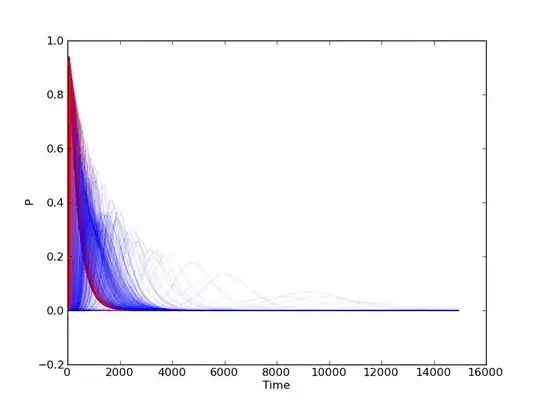I'm trying to evaluate the linear correlation between to continuous variables (% value calculated from EEG datas and the area of an anatomical region of the brain). I have a sample of 18 right now. From what I understand, I need to make sure that the x and y variables vary together in a joint distribution that is normally distributed. Or at least that the distribution of each of these variables is normal.
My question is what do I have to do to make sure that the assumptions needed to draw valid conclusions about the correlation coefficient are met?
I though about evaluating the normality of the distribution with the Shapiro–Wilk test for each variable and then simply calculate the Pearson R. Would that be valid? Would it be better to draw a normal probability plot?
Thanks!
